HISTORY
The history of the Municipality of Tías begins with the volcanic eruptions of the 18th century. Eruptions that buried not only 13 villages on the island but also numerous fields of cereal crops typical of Lanzarote. The island, arid by nature, saw its population progressively weaken due to long periods of drought and numerous pirate attacks, these events had apocalyptic connotations. Many tried to leave the island, a fact that the Spanish crown penalized with the death penalty, with the aim of not losing Lanzarote as a strategic military point.
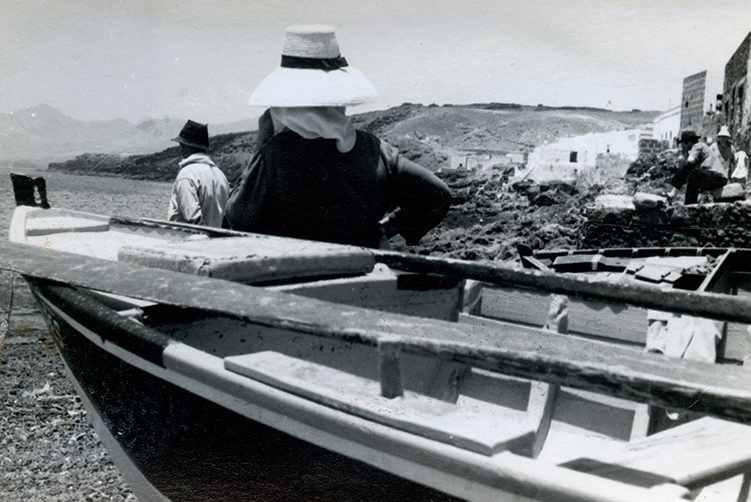
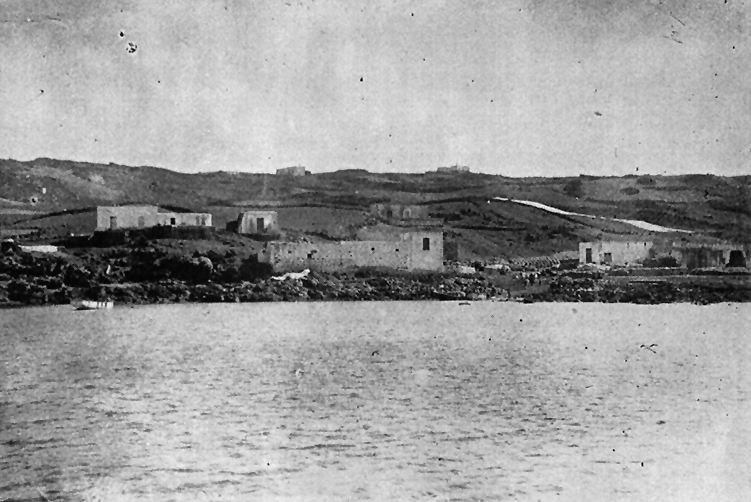
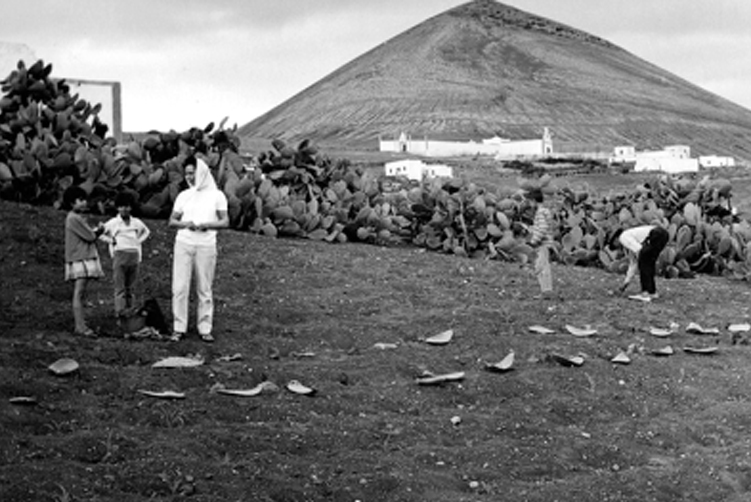


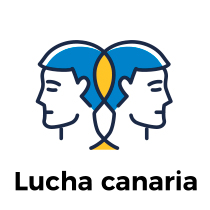
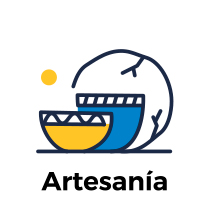



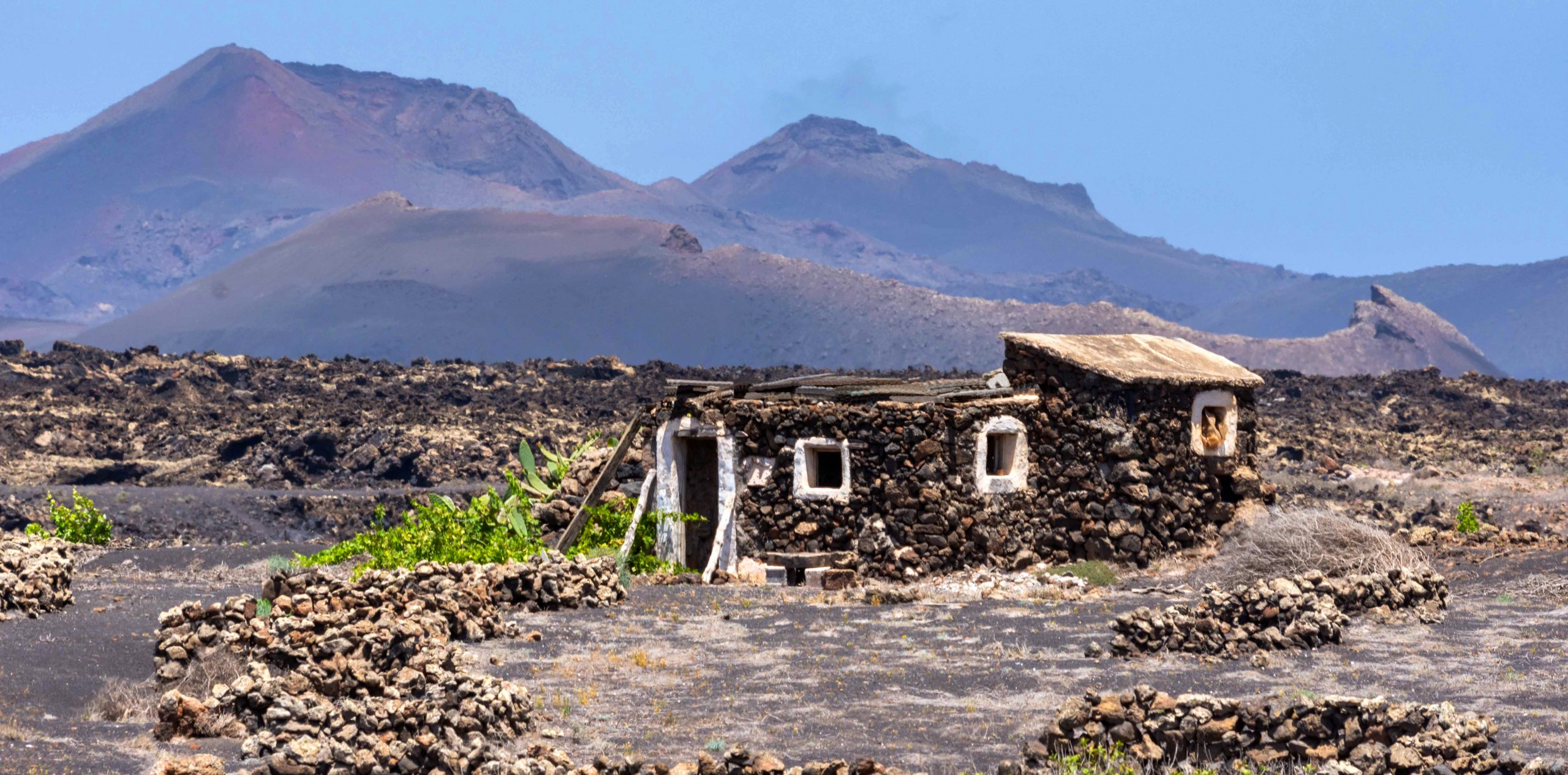
Many residents of the destroyed villages fled to the sparsely inhabited surroundings. Already at that time, this area, the poorest in Lanzarote until the arrival of tourism, was known by the name of Tías. Along with raising pigs and goats, legumes, onions, tomatoes, and grapes were grown in the fields. The peasants did not take long to discover that the volcanic eruptions brought a great benefit to the crop: the porous volcanic ash captures and accumulates the humidity that slowly feeds the roots of the plant and, during the day, creates a protective layer in the soil, preventing the evaporation.
In the second half of the 18th century, a type of soap that was obtained from the plant known as barilla was even exported to England from the small dock in Puerto del Carmen. During the following centuries there were no great changes in Lanzarote. At the end of the 1960s, another period of drought forced women and children to take care of the fields so that the men went away for several months to fish on the high seas. The soft entry of tourism, with the Los Fariones and San Antonio hotels as the only alternatives for accommodation, allowed the islanders, for the first time in their history, to face their future with enthusiasm.
The Canarian people, due to their insular nature, have maintained their own traditions and customs that have lasted through the centuries and have forged a very peculiar culture.
In all the towns of the municipality of Tías you can find traces of its past linked to the land and the sea, to the endless days of work and the continuous struggle of man to survive in an arid and complex environment with scarce natural resources.
